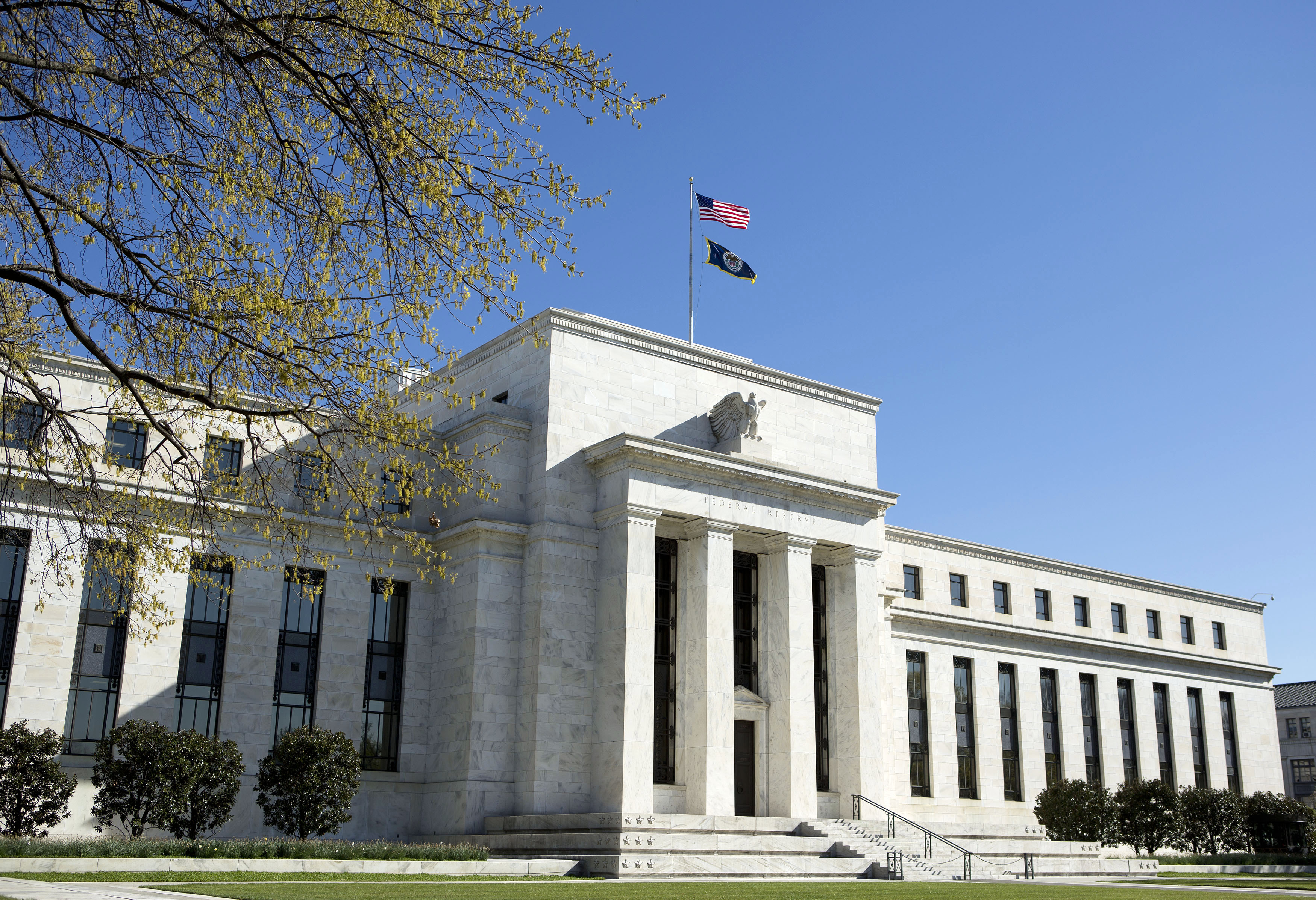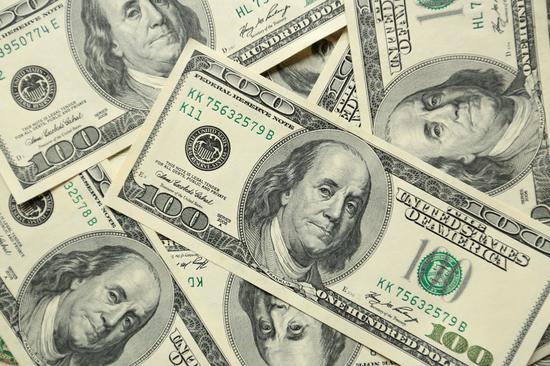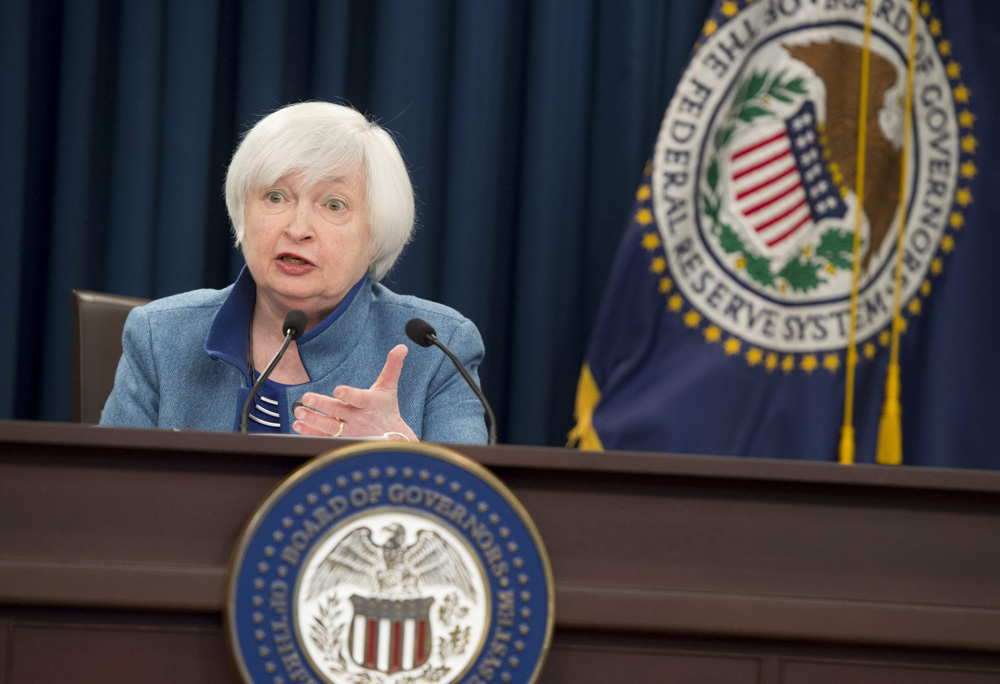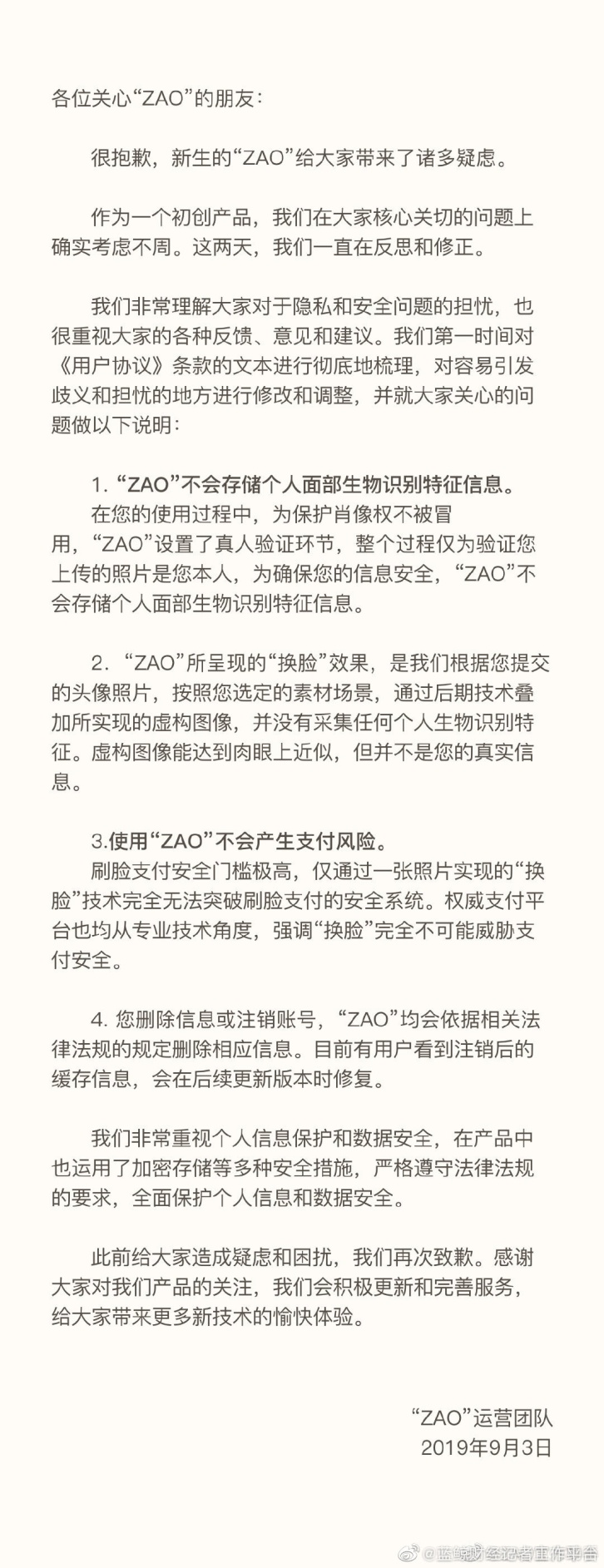But if a return to the expansion of the balance sheet can change the problem of dollar liquidity, then the increase in liquidity is still good news for asset markets, which is not enough to push asset prices higher, but can prevent asset prices from falling as sharply as they did after the 2008 subprime crisis, which is equivalent to a layer of insurance for the market.
As just said, the liquidity released by short-term bond purchases will not have much impact on the market. In addition, even if you buy long-term bonds, you will buy after the contraction. Liquidity is only returning to the level it was before this year, which does not mean more liquidity has increased, and the impact is naturally small.
On Sept. 16, the overnight buyback market in the United States suddenly appeared very strange, with overnight interest rates soaring, representing the inability of the banking and financial systems to borrow money in the market. In response to this phenomenon, the New York Fed immediately began a buyback operation, the equivalent of the Fed acting as the borrower. But even so, supply is often in short supply, and by late October, overnight interest rates had soared again.
The Fed, under pressure to ease the dollar’s liquidity shortage, restarted asset purchases, buying more than $500 billion of short-term bonds in nine months, or close to $4 trillion, rather than the dollar’s release of $4 trillion. And the bond-buying program, as the fed says, is not quantitative easing, and the impact on the international economy is not as big as the press says.
Quantitative easing is an extreme way for the Fed to deal with the recession, mainly by buying long-term Treasuries to drive down long-end interest rates, thereby releasing too much liquidity into the market. This intervention is very rude and the threshold is very high. For now, the decline in economic data does not meet this threshold to stimulate quantitative easing, and there is no reason for the Fed to do so until interest rates fall to zero.
The same is true in the United States, where the Fed's huge balance sheet has long provided very low financing costs for the market, and a large number of companies have adapted to the borrowing environment. Starting in 2015, the Fed's scale is changing the environment, from quantitative to qualitative, causing liquidity shortages in the banking system this year.
As a result, the US $4 trillion in the United States, which is popular on the Internet, is only for the person's eye, which is just the behavior of buying short-term bonds, the liquidity of which is rather limited, and is far from the impact of quantitative easing on the market. However, the purchase of short-term bonds is likely to be converted to a long-term liquidity release next year, which will have a greater impact on the market.
This is because while short-term bond purchases are a temporary solution, quantitative easing after interest rate cuts is imperative as the downward trend expands. After the end of the current round of bond purchases, it is very likely that the financing plan will be carried out, that is, the maturing bond funds will be put back into the market to buy bonds, and the liquidity will be postponed. At the same time, it is very likely to reverse the operation and sell short and buy long, so that short-term liquidity will become a long-term liquidity into the market.

(picture source:搜狗图片)

The plan is to buy bonds for less than one year, with a focus on three-month bonds. That is to say, the 60 billion debt purchase plan, most of which in three months, liquidity will be recovered. This liquidity release of more than $500 billion will not remain in the market all the time, and the cumulative calculation will only be for the sake of eyeball, or simply do not understand.

In order to solve the problem of overnight interest rate fluctuations beyond the federal benchmark interest rate, the Federal Reserve has not only begun repurchase operation, but also lowered the excess reserve interest rate, and resumed the expansion of the balance sheet. Since the shrinking statement is too fast, resulting in less cash held by banks, can the liquidity gap be filled by restoring some of the balance sheet expansion? This is what the Fed is thinking about.
On the one hand, the asset purchase only buys short-term bonds, that is, bonds that are less than one year, so it has little impact on long-end interest rates. On the other hand, the asset purchase is only aimed at a shortage of liquidity in the market, that is to say, when the liquidity gap is filled, the discharge will stop. But QE goes beyond that. QE meetings continue to release liquidity after the liquidity gap has been filled, which is the key difference between the two.
As mentioned earlier, the Fed's purchases of short-term bonds in the short term will not have much impact on the market, as these liquidity releases will not stay in the market for long. However, the phenomenon will not continue until the end of bond purchases, that is, the purchase of short-term bonds will sooner or later become a long-term liquidity stagnation in the market.
On the one hand, the asset purchase only buys short-term bonds, that is, bonds that are less than one year, so it has little impact on long-end interest rates. On the other hand, the asset purchase is only aimed at a shortage of liquidity in the market, that is to say, when the liquidity gap is filled, the discharge will stop. But QE goes beyond that. QE meetings continue to release liquidity after the liquidity gap has been filled, which is the key difference between the two.



